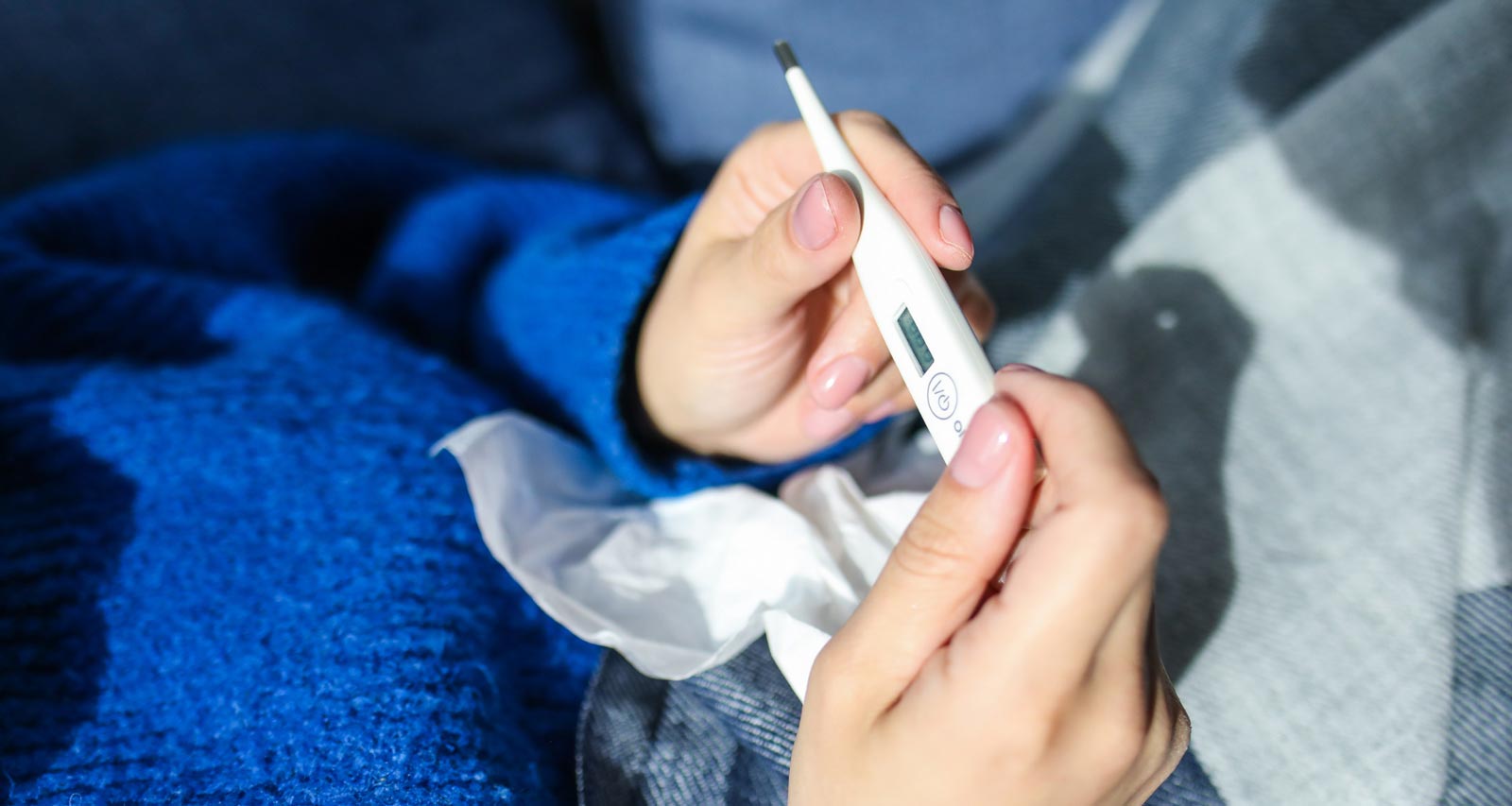Annoying and painful, sinus infections are all too common — nearly 30 million Americans dealt with a long-term sinus infections caused mainly by viruses, and the average adult gets two to three colds each year. Not surprisingly, a sinus infection primarily affects the tissues in your nose, especially your sinuses. But depending on the type of infection you have, you might notice symptoms outside your nose, too.
There’s a good chance you don’t think of your nose until it starts causing you discomfort, but its specialized tissues actually do a lot for you. Your nasal cavity warms and adds humidity to the air you breathe before it hits your airways. Your nose also contains four types of sinuses — located in your cheeks, forehead and long the bridge of your nose — that secrete mucus. That mucus not only moisturizes the tissues within your nose (preventing dry or cracked skin) but also traps germs, pollutants and debris before they can go deeper into your body. You might even say that your nose is a first line of defense against common respiratory infections, like the cold and flu.
While your sinuses are beneficial, they’re not 100 percent effective in keeping out every harmful germ, and the (unfortunate) reality is you can still catch a sinus infection. When that happens, your body mounts an immune response to kill the harmful germs, which involves sending white blood cells to your sinuses to fight the infection. The lining of your sinuses swell, leading to sinus congestion that can feel uncomfortable (or even painful) and lead to that oh-so-pleasant sniffling and stuffiness. While your sinus congestion can be clear or white in color, it’s also normal to experience yellow or green mucus, since the enzymes released by your immune system can have a greenish tint.
A sinus infection can trigger symptoms in other parts of your body, especially if it’s caused by a cold or flu virus. You might notice a headache localized in the front of your skull, since swollen sinuses place more pressure on neighboring tissues. You might develop a sore throat and experience dry (nonproductive) coughing, or develop a wet productive chest cough. A sinus infection can trigger some whole-body symptoms too — don’t be surprised if you feel fatigued or develop a fever.
A sinus infection is never fun, but these tips may help you feel better.
- Get over-the-counter relief: Seek out a medication with acetaminophen, phenylephrine and guaifenesin — for example, Mucinex® Maximum Strength Sinus-Max® Congestion Relief Caplets. These ingredients relieve the pain associated with sinus infections, help clear nasal congestion and help expel excess mucus, respectively.
- Apply some heat: Try warm compresses, hot beverages and breathing in warm, humid air, all of which might all help lessen sinus congestion to ease your symptoms.
- Flush your sinuses: Use a nasal irrigation remedy, such as neti pot, to clear nasal congestion.
- Seek medical attention: See your doctor if you’re not better after 10 days, or your symptoms start to get more severe.
Not surprisingly, a sinus infection primarily affects the tissues in your nose, especially your sinuses.
- Centers for Disease Control and Prevention: Chronic Sinusitis
- Centers for Disease Control and Prevention: Common Colds: Protect Yourself and Others
- Cedars-Sinai: Anatomy of the Sinuses
- Merck Manuals: Sinusitis
- Harvard Medical School: Don’t Judge Your Mucus By Its Color
- University of Maryland Medical Center: The Common Cold







